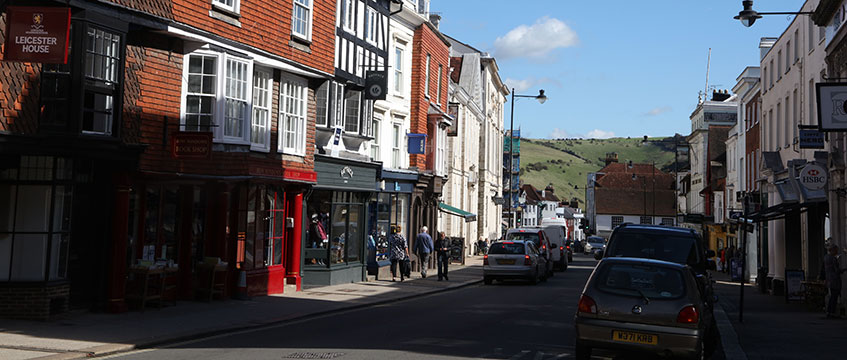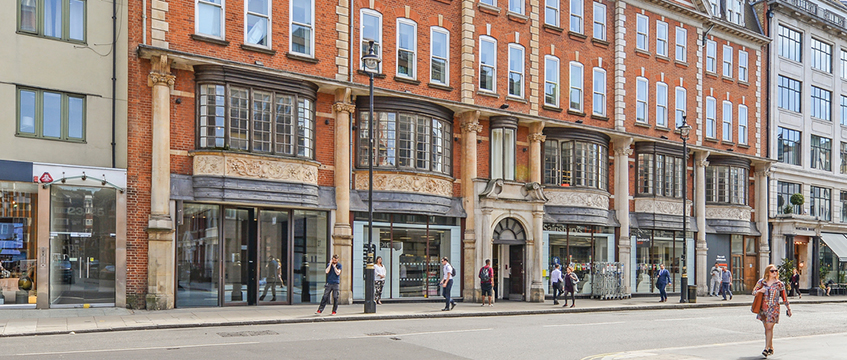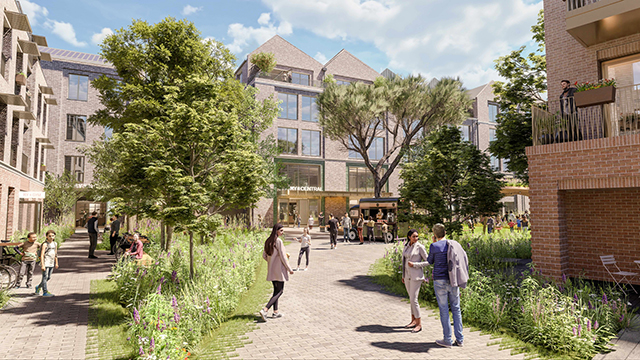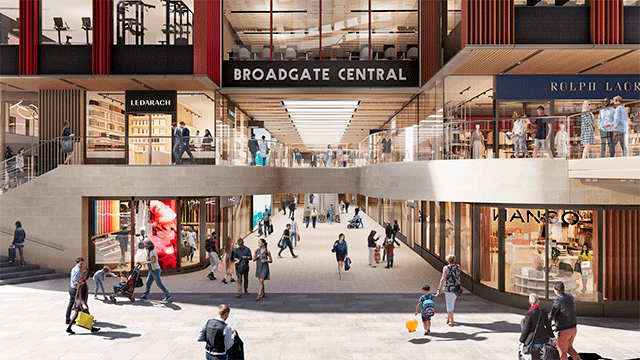As we have the final auctions before the summer break, it’s interesting to look at what has been selling in the room so far this year in terms of both geography and asset type.

Given the continued negative sentiment towards retail, you might expect that there has been little appetite for shops in the auction room.
But by the end of the first quarter, £526m of retail assets had sold during the previous 12 months – 4% up on the previous corresponding period.
Interestingly, auction buyers are placing greater value on the ability of independent retailers to deliver viable investments. Assets occupied by independent retailer tenants saw yields harden by 129bp over the last 12 months – more than any other tenant type.
Indeed, the average yield for an investment let to an independent retailer is now stronger than for the average ‘national multiple’.
Historically, the financial strength of the national retailers has underpinned investor demand, but this is not now taken for granted as a growing number of ‘multiples’ look to shed stores.
When it comes to shops, investors are maybe not surprisingly looking to the affluent south: 47% of retail assets sold in Q1 were located in London and the South East.
In this year’s early auctions, London assets accounted for around 20% of volume – well ahead of the long-term average. Strong demand for assets in London and the South East has driven yields downwards as supply has not kept pace with demand.
Yields in some of the regions have shown no corresponding hardening and the average yield gap is up to 450 bps.
Hot property
Institutional demand for industrial property is undoubtedly the hot asset class at present as investors equate a boom in online retail with the demand for distribution sheds.
While the logic of this may not always stand up to closer inspection (a lot of industrial assets being sold have little or no potential for logistics use), there is a huge volume of investment taking place in the institutional market.
This is not replicated in the auction room, where both buyers and sellers perhaps recognise the true nature of the assets coming into the room: high yielding but asset management intensive.
Accordingly, the proportion of industrial assets selling in the room has remained pretty much flat year-on-year. Having said that, an interesting opportunity is starting to present itself for investors in the industrial sector as rents historically have not been high enough to justify new development.
The moving average
To analyse how trends like these may impact values – and because the nature of the stock moving through the auction room varies between auction rounds – we look at Rolling Average Yields (RAYs) rather than spot yields, which tend to provide confusing outliers.
The RAY is a moving average of the current and four preceding auction rounds in a 12-month period and smooths the variations caused by differing sample sizes and asset types.
In line with the kind of sentiments referenced above, the industrial sector has experienced a sharp yield hardening. Since 2013, the industrial RAY has fallen by 300bp, although there has been a slight softening in the past 12 months, in part as a result of uncertainty in the Brexit negotiations.
The office sector has seen a 78bp yield hardening over the last 12 months. This reflects increased demand for the sector as rental growth from a low base takes hold in many markets across the UK, along with the possibility of a shortage of office space in some areas caused by the change of use to residential.
Overall, the yield gap between prime and secondary commercial property values has changed little and remains at around 350bp – still historically very high.
Income producing assets
Generally, private investors who are accessing commercial property through the auction room are focusing on quality income producing assets and those with proven opportunity value. Sellers have therefore concentrated on these types of assets to capitalise on this perceived demand.
For the more secondary assets, while there is broad investor interest, the depth of demand is limited and is sensitive to over-pricing based upon over-ambitious seller expectations.
Private investors remain positive towards the property sector – as seen by the current desire to invest in commercial real estate – and this should continue to present a source of untapped private wealth for funds and property companies seeking to restructure and rationalise their portfolios during the remainder of this year.
Richard Auterac is chairman of Acuitus











